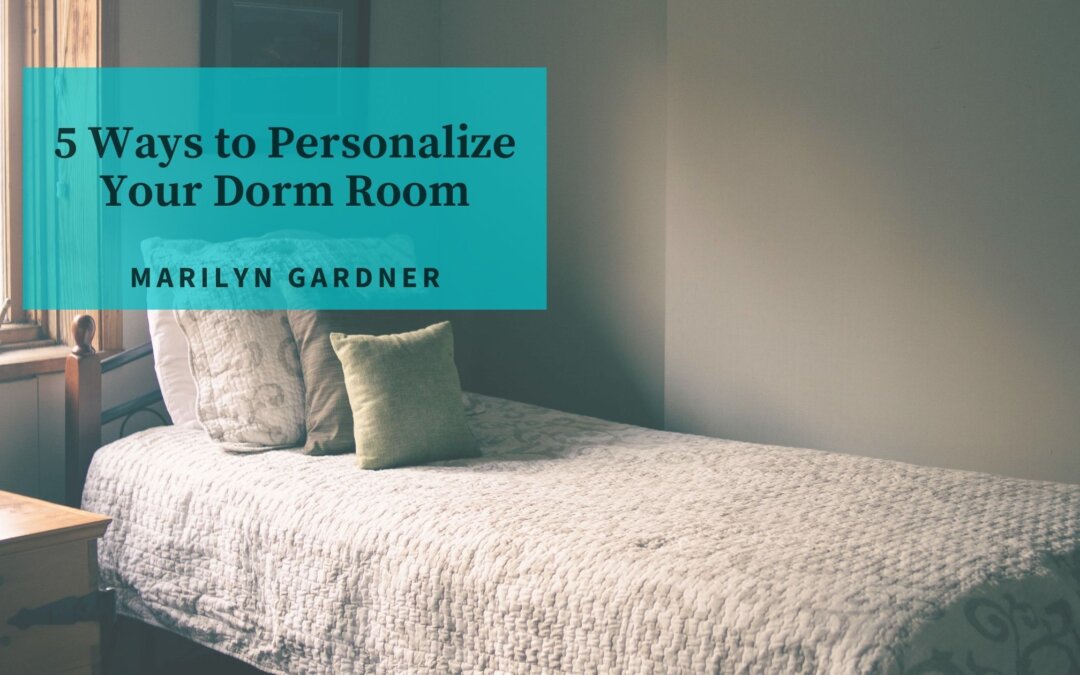About Marilyn Gardner Milton
Marilyn Gardner Milton’s career in education began when she entered college. Her first steps towards this career choice were accomplished when she graduated from the University of Connecticut with her Bachelor of Arts (B.A.) in Education. After finishing her time at UConn, she continued her education by splitting her Masters of Education (M.Ed) between Boston State College and Framingham State University, both based in and around the Boston, Massachusetts area. In 1987 Marilyn finished the journey to earn her Ph.D. She graduated from Boston College with her Ph.D. in Educational Administration and Supervision as well as a minor in Computer Science. While both degrees would be of great use in her future, Marilyn wasn’t quite done yet. She finished her education by getting her Juris Doctorate (J.D.) from Suffolk University Law school, where she was also awarded the American Jurisprudence Award for Excellence: Commercial Law.
In 1985 Marilyn Gardner Milton made her first foray into the world of distance learning administration, as well as the first of her roles consulting. She became the Executive Consultant for The Center for Educational Leadership and Technology and held that position until 1995. In 1994 Marilyn became the Executive Director and the Director of Education at the Boston, Massachusetts based Computer Museum, a position she held until 1997. In 2006 she became Director of Business Development for the United States Distance Learning Association (USDLA), a position she holds to this day.
In 1997 Marilyn began her career in the administration of higher education institutes. She was appointed to be the Vice-President of Academic Affairs for the Massachusetts Communications College and the New England Institute of Art. In 2001 she became the Vice-President of Academic Affairs for Bay State College and in 2006 she became a Program Professor and Education Enterprise Associate for Nova Southeastern University, one of the largest non-profit accredited universities in the country. A position she holds to this day.


Fun Facts About the History of U.S. Higher Education
The history of higher education in the United States is a rich tapestry woven with interesting anecdotes, milestones, and quirky details. From humble beginnings to the expansive and diverse landscape of today’s universities, here are some fun facts that highlight the unique journey of U.S. higher education.
Harvard, the Pioneer:
Founded in 1636, Harvard University is the oldest institution of higher education in the United States. Interestingly, the university’s initial focus was to train clergy, and the first printing press in the colonies was set up at Harvard in 1639.
Yale’s Secret Society:
Yale University is home to the mysterious and exclusive Skull and Bones Society. Established in 1832, this secret society has had numerous influential members, including former presidents such as George H.W. Bush and George W. Bush.
The First HBCU:
Founded in 1837, Cheyney University of Pennsylvania is acknowledged as the nation’s first historically black college or university (HBCU). It played a crucial role in providing higher education opportunities for African Americans during a time of racial segregation.
The Land-Grant Act:
In the history of American higher education, the Morrill Land-Grant Acts of 1862 and 1890 represented a dramatic sea change. These acts granted federal land to states to establish institutions focused on agriculture, engineering, and military science. This led to the creation of several prominent universities, including the University of California and the Massachusetts Institute of Technology (MIT).
The GI Bill’s Impact:
The Servicemen’s Readjustment Act of 1944, commonly known as the GI Bill, provided educational benefits to millions of World War II veterans. This significantly increased college enrollment, transforming higher education and contributing to the post-war economic boom.
Title IX:
Enacted in 1972, Title IX prohibits sex-based discrimination in educational programs and activities. While commonly associated with gender equity in sports, Title IX has had a broader impact on all aspects of higher education, promoting equal opportunities for women in academia.
The Rise of Community Colleges:
Initially known as junior colleges, community colleges gained prominence in the mid-20th century. Offering affordable and accessible education, they became a vital pathway for many students to pursue higher education and vocational training.
Online Learning Revolution:
With the advent of online learning, higher education underwent a dramatic transformation in the twenty-first century. Institutions such as Coursera, edX, and Khan Academy have transformed the traditional classroom model, making education more accessible globally.
The Billion-Dollar Endowment:
As of 2022, Harvard University boasts the largest endowment of any educational institution globally, surpassing $40 billion. This vast financial resource enables the university to fund scholarships, research initiatives, and infrastructure projects.
The history of U.S. higher education is a dynamic and evolving narrative shaped by innovation, activism, and the pursuit of knowledge. These fun facts offer a glimpse into the diverse and sometimes unexpected aspects that have defined the journey of American colleges and universities over the centuries.

How to Prepare for Your College Application Essay
Embarking on the journey to higher education requires careful consideration and meticulous preparation, especially when it comes to the pivotal element of your college application: the essay. Crafting a compelling and authentic college application essay is crucial in presenting yourself to admissions committees. Here’s a comprehensive guide on how to prepare for this significant undertaking.
1. Understand the Prompt
Before diving into the writing process, thoroughly understand the essay prompt provided by the college. Analyze the prompt’s key components, identify the question, and consider how your experiences and perspectives align. This foundational understanding will guide your essay’s focus and ensure relevance.
2. Brainstorm Ideas
Begin by brainstorming potential topics and themes that resonate with your personal experiences, values, and aspirations. Reflect on meaningful moments, challenges overcome, or instances that have shaped your identity. Choose a topic that allows you to showcase your uniqueness and connect with the college’s values.
3. Develop a Strong Thesis Statement
Craft a concise and compelling thesis statement that encapsulates the central message of your essay. This statement should convey a clear purpose, capturing what the admissions committee wants to know about you. The thesis will serve as the guiding thread throughout your essay.
4. Create a Structured Outline
Organize your thoughts and ideas into a well-structured outline. Ensure that your essay follows a logical progression, with a captivating introduction, body paragraphs that support your thesis, and a conclusion that leaves a lasting impression. This structure enhances the readability and impact of your essay.
5. Infuse Authenticity and Vulnerability
Admissions committees value authenticity. Be genuine and allow your unique voice to shine through your writing. Share personal stories that reveal your character, values, and growth. Don’t shy away from vulnerability; admissions officers appreciate students who honestly reflect on their experiences.
6. Show, Don’t Just Tell
Instead of listing achievements, demonstrate how your experiences have shaped you. Use vivid and descriptive language to create a narrative that engages the reader. Provide specific examples that illustrate your qualities and emphasize these experiences’ impact on your life.
7. Seek Feedback
After drafting your essay, seek teacher, peer, or mentor feedback. Constructive feedback can offer valuable insights, helping you refine your writing and address any areas needing improvement. Be open to constructive criticism to enhance the overall quality of your essay.
8. Revise and Edit
Revision is a crucial step in the writing process. Review your essay for clarity, coherence, and grammar. Ensure that each sentence serves a purpose and contributes to the overall narrative. Pay attention to word choice, eliminating unnecessary jargon or clichés.
9. Pay Attention to Word Limits
Adhere to any word limits specified by the college. Concisely convey your message within the prescribed parameters. Admissions officers appreciate students who can express themselves effectively within given constraints.
10. Final Proofread
Before submitting your essay, conduct a final proofread to catch any lingering typos or grammatical errors. Consider seeking the input of someone with a fresh perspective to ensure your essay is polished and ready for submission.
By following these steps, you can confidently approach your college application essay, presenting a compelling narrative that sets you apart and resonates with admissions committees. Remember, the essay is an opportunity to showcase your authentic self and demonstrate how you will contribute to the vibrant college community.

5 Ways to Personalize Your Dorm Room
Personalizing your dorm room is a fantastic way to create a home away from home during your college experience. It’s an opportunity to express your personality, make the space more comfortable, and help you feel more relaxed and motivated.
Here are five creative ways to personalize your dorm room and make it uniquely yours:
Decorate with personal photos and Art:
One of the simplest and most meaningful ways to personalize your dorm room is by incorporating personal photos and artwork. Fill your walls with framed pictures of friends, family, and special memories. You can create a gallery wall featuring photographs, paintings, and posters that reflect your interests and style. Whether it’s a snapshot from your last summer vacation or a cherished family portrait, these images will instantly make your dorm feel like home.
Use versatile and colorful bedding:
Your bed is the focal point of your dorm room, and your choice of bedding can significantly impact the overall aesthetic. Opt for bedding that complements your personal style and color preferences. You can easily switch out your bedding to match the seasons or your mood, giving your room a fresh look without significant renovations.
Incorporate decorative pillows and throws:
Consider using decorative pillows and throws to add a cozy and personalized touch to your dorm room. These accessories enhance your room’s overall design and provide extra comfort and warmth. Choose pillows and throws in various textures, patterns, and colors to match your style. Whether you opt for fluffy faux fur pillows, boho-chic tapestry throws, or trendy geometric patterns, these elements can make your dorm feel more inviting and comfortable.
Organize with storage solutions:
A well-organized dorm room looks more inviting and helps create a conducive environment for studying and relaxation. Personalize your space by investing in practical and stylish storage solutions. Consider under-bed storage bins, bookshelves, wall-mounted organizers, and decorative baskets. Use these items to store your textbooks, clothing, and other belongings while maintaining an organized, clutter-free space. Personalizing storage containers with labels, patterns, or colors can add a personal touch to your room.
Create a functional workspace:
For many college students, their dorm room serves as a living space and a study area. Personalize your workspace by selecting a desk and chair that are functional and fit your design preferences. Add desk accessories like a stylish lamp, inspirational quotes, or a vision board to make the space feel uniquely yours. Personalizing your workspace can help boost productivity and make studying more enjoyable.
Personalizing your dorm room is an exciting and creative endeavor that can transform a generic living space into a unique reflection of your personality and style. By decorating with personal photos and artwork, choosing versatile bedding, adding decorative elements, organizing with storage solutions, and creating a functional workspace, you can turn your dorm room into a cozy and inspiring environment that feels like home.